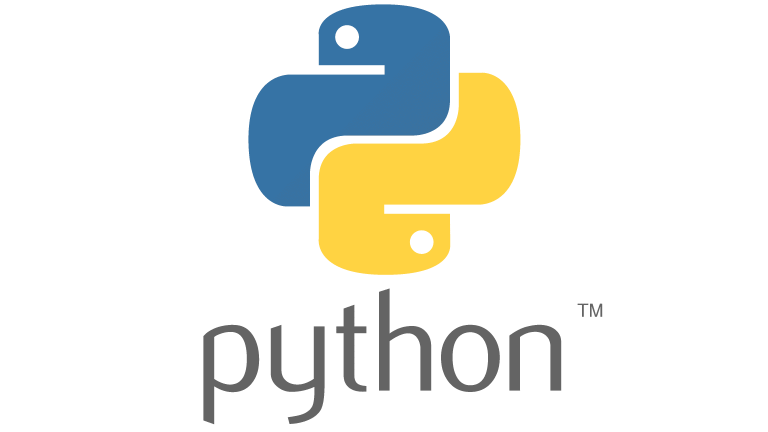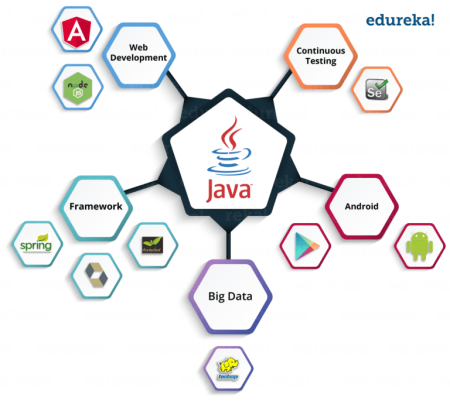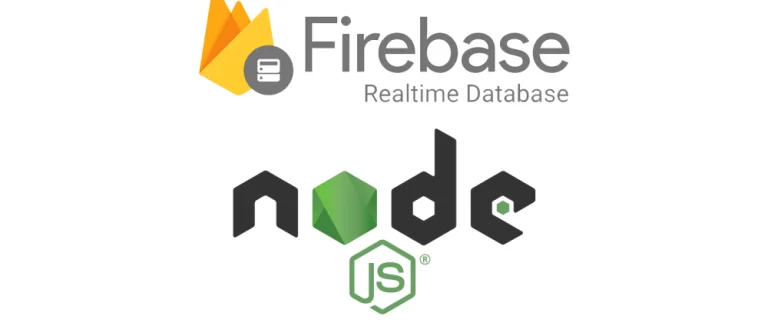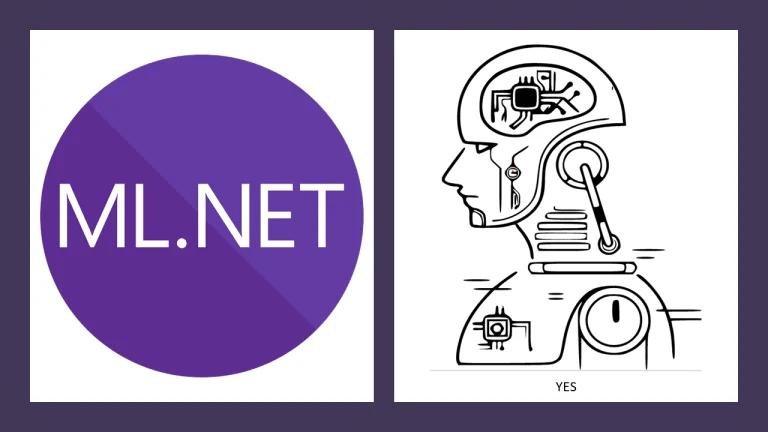Python provides versatile data structures to handle collections of data, and two of the most commonly used ones are Lists and Dictionaries. In this article, we’ll explore the distinctions between Lists and Dictionaries, showcasing their characteristics with sample code.
Lists in Python:
Definition:
- A List is an ordered and mutable collection of elements.
- Elements in a List can be of any data type, and they are indexed starting from zero.
Sample Code:
# Creating a list
my_list = [1, 'apple', 3.14, True]
# Accessing elements
first_element = my_list[0] # Returns 1
# Modifying elements
my_list[1] = 'orange' # Modifies the second element
# Adding elements
my_list.append('banana') # Appends 'banana' to the end of the list
# Removing elements
removed_element = my_list.pop(2) # Removes and returns the third elementDictionaries in Python:
Definition:
- A Dictionary is an unordered and mutable collection of key-value pairs.
- Each key in a Dictionary must be unique, and it maps to a specific value.
Sample Code:
# Creating a dictionary
my_dict = {'name': 'John', 'age': 25, 'city': 'New York'}
# Accessing values
person_name = my_dict['name'] # Returns 'John'
# Modifying values
my_dict['age'] = 26 # Modifies the age value
# Adding key-value pairs
my_dict['gender'] = 'Male' # Adds a new key-value pair
# Removing key-value pairs
removed_value = my_dict.pop('city') # Removes and returns the value associated with 'city'Key Differences:
- Indexing:
- Lists are accessed using indices, starting from zero.
- Dictionaries use keys for accessing values.
- Order:
- Lists maintain the order of elements based on their index.
- Dictionaries do not guarantee any specific order.
- Mutability:
- Lists are mutable, allowing modification, addition, and removal of elements.
- Dictionaries are also mutable, enabling changes to values and the addition/removal of key-value pairs.
- Unique Keys:
- Lists do not have keys; elements are accessed by index.
- Dictionaries require unique keys, and values are accessed using these keys.
When to Use Which?
- Use Lists When:
- You have an ordered collection of elements.
- Index-based access is sufficient.
- Elements can be repeated, and you need to maintain their order.
- Use Dictionaries When:
- You have a collection of key-value pairs.
- Quick access to values using meaningful keys is essential.
- No specific order of items is required.
Conclusion:
Understanding the differences between Lists and Dictionaries is crucial for choosing the right data structure based on your specific requirements. Lists are great for ordered collections, while Dictionaries excel when dealing with key-value associations. Both offer flexibility and efficiency, catering to different scenarios in Python programming.

















